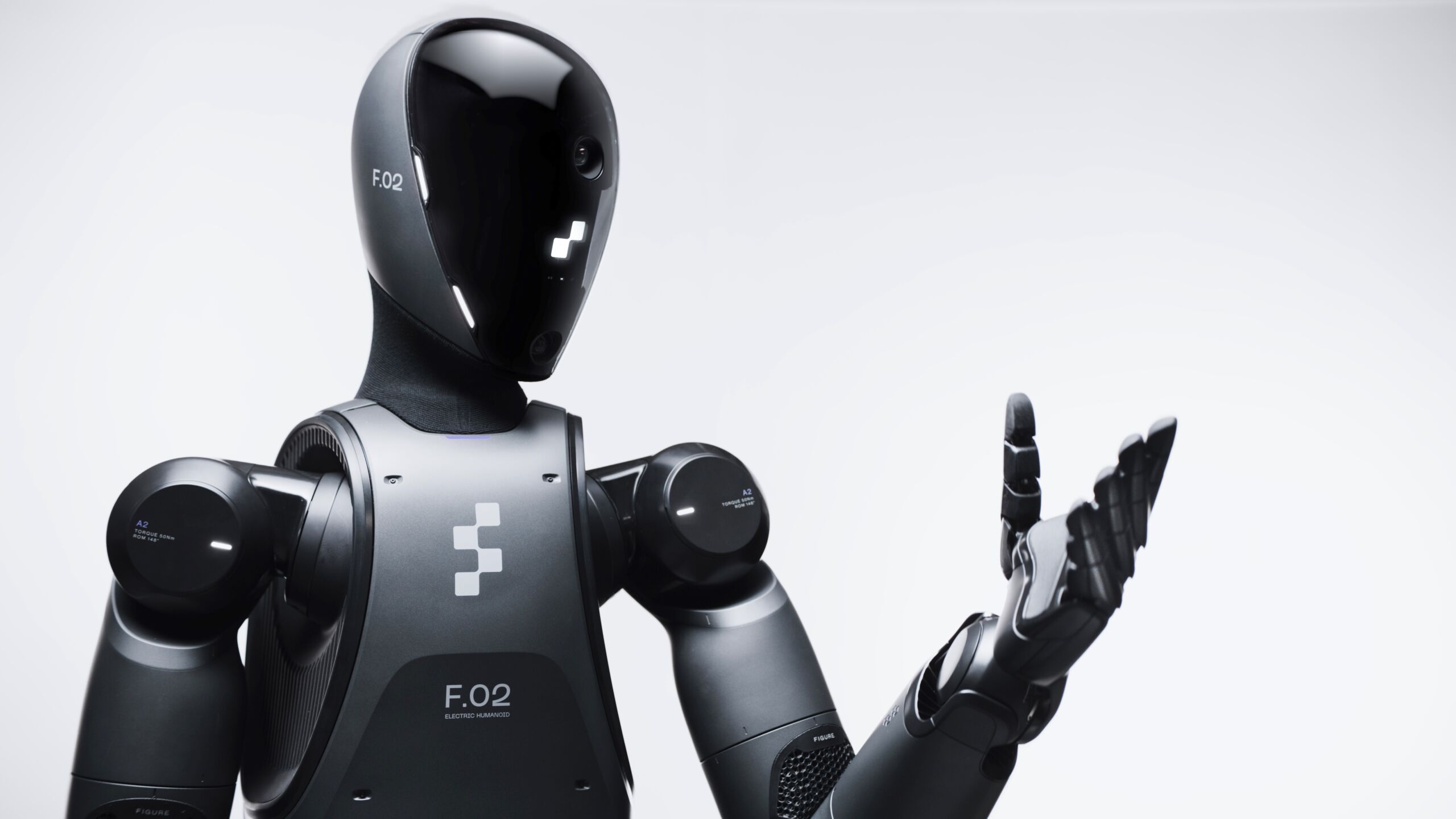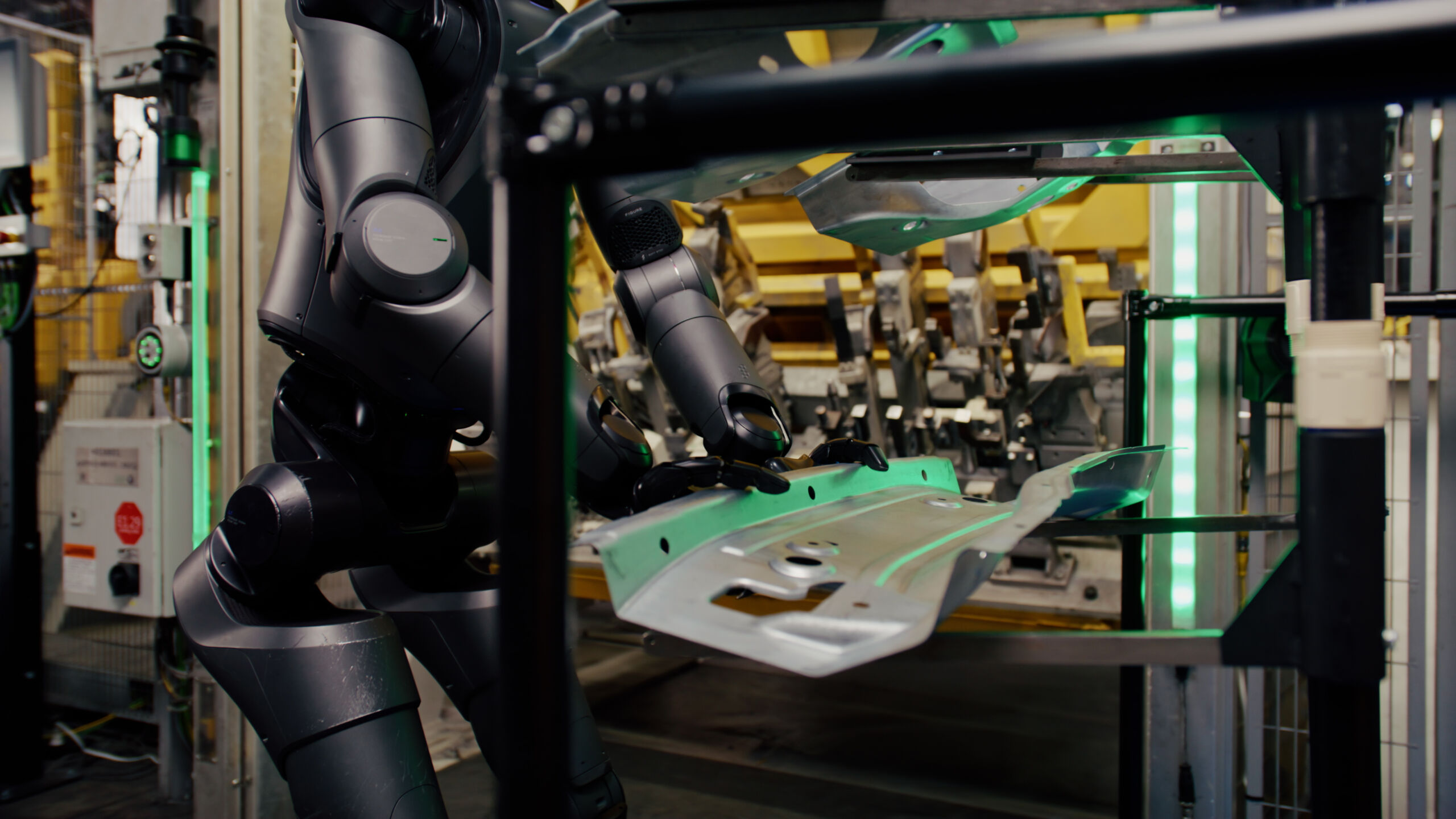Robots have been working in car factories for decades now, starting with machines performing some welds on a General Motors production line back in 1961. Now, robots work alongside people on production lines, excelling at tasks like manipulating parts too heavy for humans to easily lift or welding or bonding with more precision than we can manage.
Those robots mostly look like big multi-axis arms, but a new breed of two-armed, two-legged robots is being tested in car factories. BMW is the latest automaker to try them at its factory in Spartanburg, South Carolina.
Unlike Tesla, which hopes to develop its own bipedal 'bot to work on its production line sometime next year, BMW has brought in a robot from Figure AI. The Figure 02 robot has hands with sixteen degrees of freedom and human-equivalent strength.
"We are excited to unveil Figure 02, our second-generation humanoid robot, which recently completed successful testing at the BMW Group Plant Spartanburg. Figure 02 has significant technical advancements, which enable the robot to perform a wide range of complex tasks fully autonomously," said Brett Adcock, founder and CEO of Figure AI.



 Loading comments...
Loading comments...
